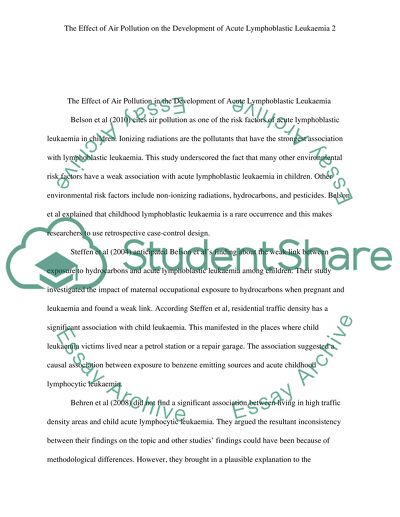Cite this document
(“Heamatology ( The effect of the environmental pollution in the Literature review”, n.d.)
Heamatology ( The effect of the environmental pollution in the Literature review. Retrieved from https://studentshare.org/health-sciences-medicine/1631798-heamatology-the-effect-of-the-environmental-pollution-in-the-development-of-acute-lymphoblastic-leukaemia
Heamatology ( The effect of the environmental pollution in the Literature review. Retrieved from https://studentshare.org/health-sciences-medicine/1631798-heamatology-the-effect-of-the-environmental-pollution-in-the-development-of-acute-lymphoblastic-leukaemia
(Heamatology ( The Effect of the Environmental Pollution in the Literature Review)
Heamatology ( The Effect of the Environmental Pollution in the Literature Review. https://studentshare.org/health-sciences-medicine/1631798-heamatology-the-effect-of-the-environmental-pollution-in-the-development-of-acute-lymphoblastic-leukaemia.
Heamatology ( The Effect of the Environmental Pollution in the Literature Review. https://studentshare.org/health-sciences-medicine/1631798-heamatology-the-effect-of-the-environmental-pollution-in-the-development-of-acute-lymphoblastic-leukaemia.
“Heamatology ( The Effect of the Environmental Pollution in the Literature Review”, n.d. https://studentshare.org/health-sciences-medicine/1631798-heamatology-the-effect-of-the-environmental-pollution-in-the-development-of-acute-lymphoblastic-leukaemia.


